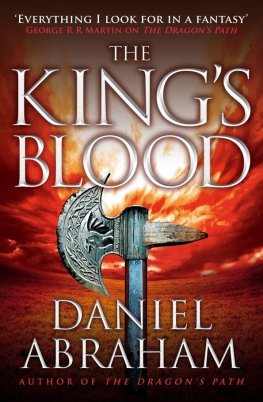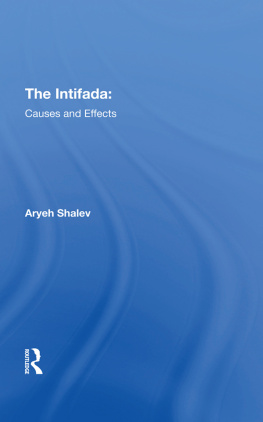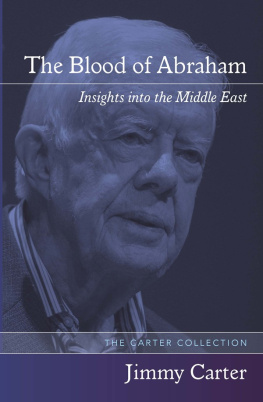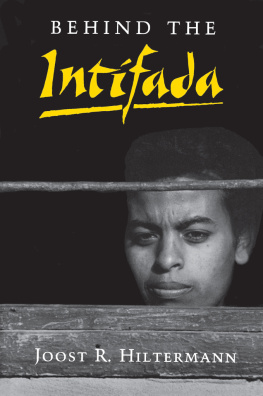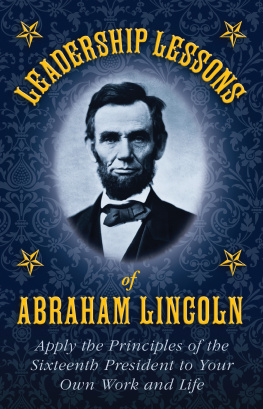
This edition is published by PICKLE PARTNERS PUBLISHINGwww.picklepartnerspublishing.com
To join our mailing list for new titles or for issues with our books picklepublishing@gmail.com
Or on Facebook
Text originally published in 1998 under the same title.
Pickle Partners Publishing 2015, all rights reserved. No part of this publication may be reproduced, stored in a retrieval system or transmitted by any means, electrical, mechanical or otherwise without the written permission of the copyright holder.
Publishers Note
Although in most cases we have retained the Authors original spelling and grammar to authentically reproduce the work of the Author and the original intent of such material, some additional notes and clarifications have been added for the modern readers benefit.
We have also made every effort to include all maps and illustrations of the original edition the limitations of formatting do not allow of including larger maps, we will upload as many of these maps as possible.
Cover Image courtesy of Wikipedia
The Blood of Abraham, Intifada, Uprising & Lessons in Asymmetrical Warfare
by
Major David A. Brown, United States Army
TABLE OF CONTENTS
Contents
TABLE OF CONTENTS
ABSTRACT
A historical case study concerning the Israeli Armys response to the Palestinian Intifada or uprising in the late 1980s and early 1990s provides instructive planning considerations for likely future application of U.S. military force in an asymmetrical threat environment. The monograph specifically analyzes the time period from the beginning of the uprising until the handshake of Rabin and Arafat on the White House lawn September 13th, 1993.
Although the theoretical application of the case study is speculative of future environments, this paper attempts to link available historical data to anticipated trends in the international security environment and emerging concepts of operational art. The argument surrounding asymmetrical types of warfare leads into a discussion of the application of IDF lessons learned that may be applied to future U.S. military scenarios.
Areas of analysis include:
1) Background, nature and growth of the Intifada Palestinian uprising
2) The Israeli civil-military relationship
3) The effectiveness of tactical coercion methods employed by the IDF in its efforts to use conventional military force in an unconventional manner (including the linkage, or lack of it, between strategic ends, operational level army planning and tactical training/execution within an asymmetrical environment)
4) Applicable lessons that might be drawn from the IDF experience
Specific conclusions include:
1) Recognition of the difficulty of fighting a protracted asymmetrical conflict
2) Likelihood of American forces facing a similar threat in the future
3) Limitations of military coercionparticularly in representative democracies
4) Military force superiority can be offset by protracted commitment and nationalistic sentiment
5) Successful campaign strategies depend on inclusion of all instruments of power available to the nationparticularly the use of diplomatic leverage
6) Point of diminishing returns on technological solutions in an unconventional or asymmetrical environment
7) Need for operational planning and integration for operations other than war
I. INTRODUCTION
These are the sons of Abraham: Isaac, and Ishmael. These are the sons of Ishmael: Twelve [Arab] princes according to their nations. These are the sons of Isaac: Esau and Israel.
1 Chronicles 1:28, 34 & Genesis 25:16 {1}
In December of 1987 two seemingly unrelated minor events in Gaza suddenly produced a popular uprising of Palestinians against Israeli occupation that had enormous impact on the nation of Israel and the near Middle East region, as well as the Israeli-Palestinian and Arab-Israeli peace processes. Palestinian leadership did not plan this uprising or Intifada . It began spontaneously and quickly gained wide spread support that led to a protracted maelstrom of violence and frustration over several years.
Today the Middle East remains an enigma for much of the Western World. It is a place of great contrasts and deep passions. While many things have changed with modern life, many things still seem to reflect eons gone by. A young boy steps into the path of a car, the car slows and as it does Palestinian youth step out of the brush heaving stones at the car and knocking out the front windshield. The Jewish driver, personally enraged, charges off after the boys with a rifle out of his trunk, and is unexpectedly brought up short by the scene he is confronted with.
Down the path trudged three Palestinian women dressed in long black robes and beating two dozen sheep with canes. It was a scene straight from the Bible or Koran, the shepherdesses and their flock walking past mud huts framed in palm trees and cactus plants. It easily could have been 1888, or 1288, or 1088 BC. Nothing much had really changed since the days of Isaac and Ishmaelnot the stones and certainly not the passion; only the car and the fancy rifle were new. {2}
The bitter path of modern conflict between Abrahams seed seen today in both Arab Palestinian and Jewish Israeli is crisscrossed with deep ruts of hurt and frustration and baked over several decades into the hard dry land the world knows as Palestine or Israel. {3}
Like the American Army today, the Israeli Defense Force (IDF) of the late 1980s and early 1990s was a highly successful, technologically advanced army, capable of difficult and complex conventional warfare operations. Its superior capabilities and even its rich combat experiences in conventional warfare were not, however, able to overcome the asymmetrical nature of a popular uprising of civil disobedience which the Palestinian Intifada represented. This new threat encompassed all strata of Palestinian society and was firmly rooted by a broad-based grassroots support. In addition widely dispersed Palestinian leadership made this threat very difficult for the IDF to confront directly. Unlike a conventional warfare scenario it became very difficult to define who the enemy was, and even more difficult to identify the leaders behind it.
American military planners and strategists are currently expecting a future integrated U.S. military force structure to be able to conduct a broad range of activities stretching across the possible spectrum of the employment of military forces. This spectrum ranges from large scale high tech combat operations against a peer competitor, through security operations designed to deter regional powers, to serving as a protection force for humanitarian assistance efforts being conducted by the UN, local governments, or non-governmental organizations, (NGOs).
One of the issues a future U.S. military force is likely to confront is the issue that challenged the IDF during a protracted popular Arab uprising in the late 1980s. The IDF was the regional military powera superior technological force adept at conventional warfare suddenly faced with waging a protracted, unconventional, asymmetrical war. Arguably the U. S. military will face few if any true peer competitors on the battlefield over the next ten to fifteen years. Much more probable is the prospect of facing unconventional forces with few if any major military capabilities. If that proves to be true, then striking parallels can be drawn for future operational planning by examining the IDFs experience confronting a similar protracted unconventional asymmetrical threat one decade ago.




